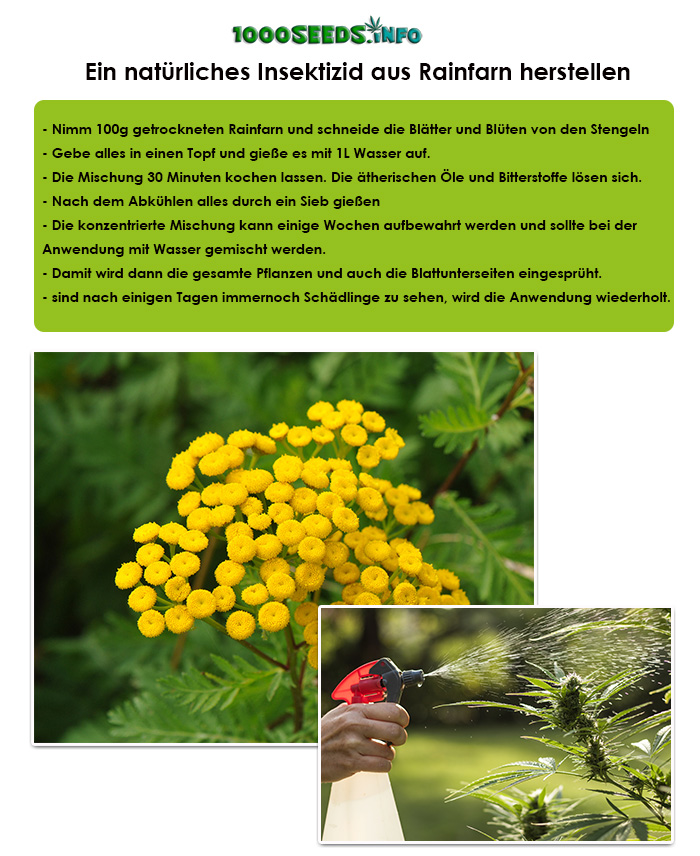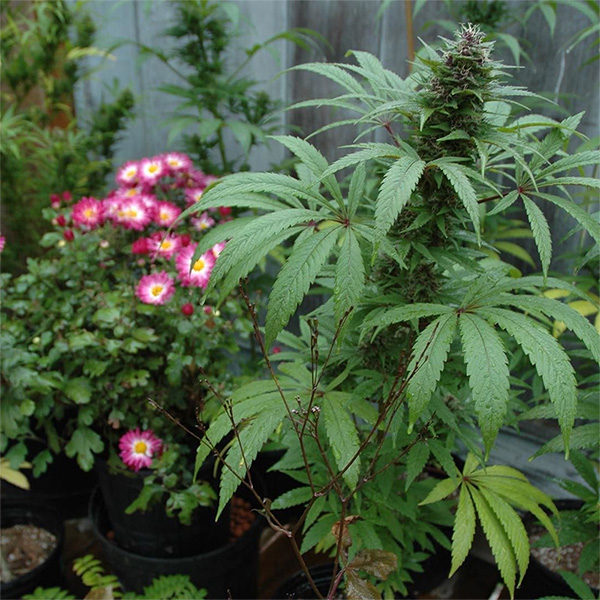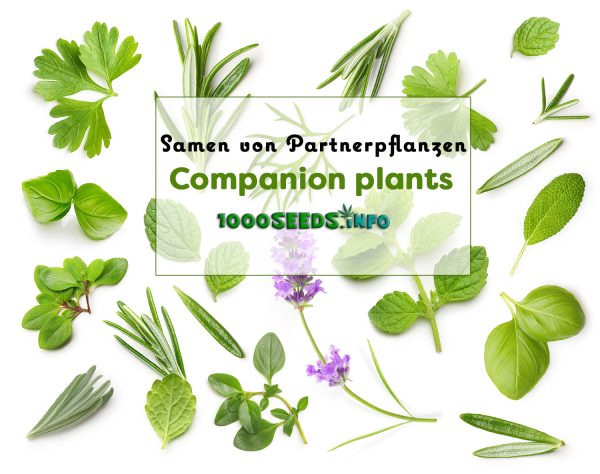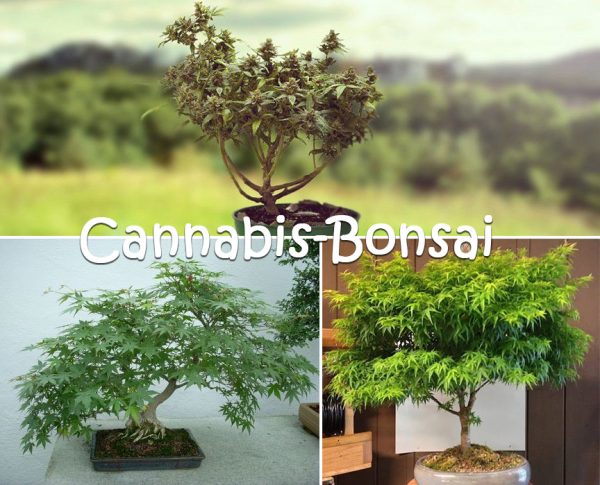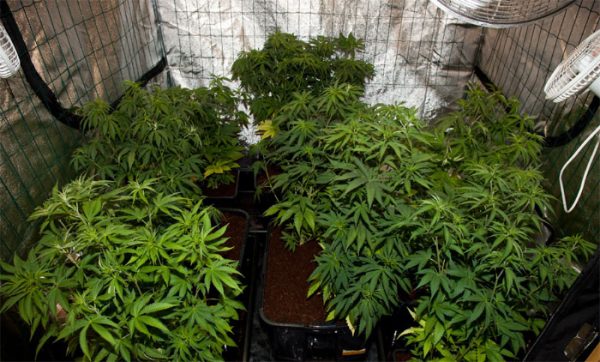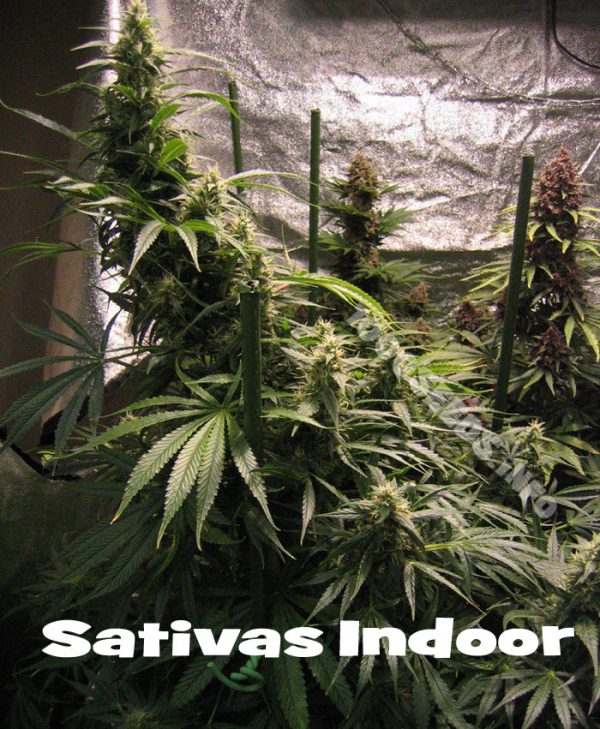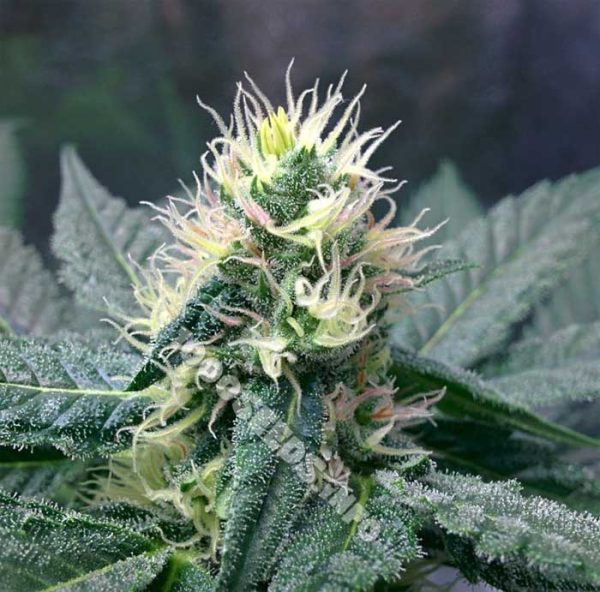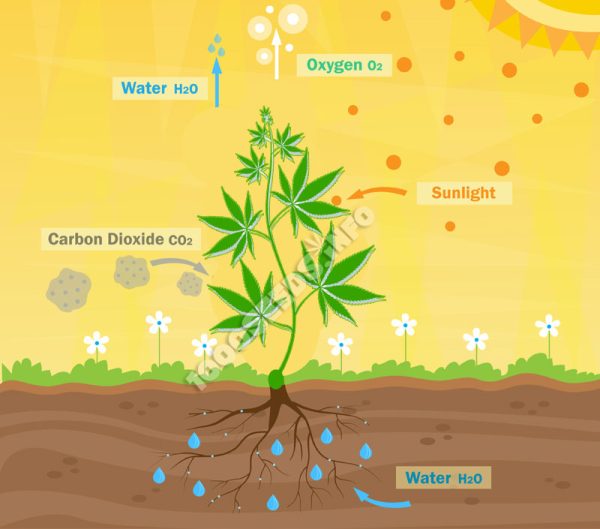What you should know if you want to use Companion Plants successfully
Companion plants are plants that grow alongside cannabis plants and bring them symbiotic benefits. In other words, the plants benefit each other in different ways.
Advantages of Companion Plants and Companion Planting
Growing different plants at the same time can have many advantages:
- Diseases are prevented
- Yields can increase
- Plants are healthier
- Beneficial insects are attracted and encouraged
- No/less use of insecticides necessary
- Avoidance of excessive spread of certain pests
- Some Companian plants improve the soil structure and nutrient content of the soil
- Green manure such as red clover has the advantage that it can draw nitrogen from the air and store it within itself. If the green manure is then tilled into the soil, the valuable nitrogen remains. Nitrogen is an important nutrient that cannabis plants need in sufficient quantities to achieve the desired yields.
The important thing here is that the green manure, i.e. the clover plants, aflfalfa or white mustard, must die before it can release the nitrogen into the soil. Green manure is particularly helpful in improving and maintaining soil fertility in the long term. On large outdoor croplands, green manure can help fix high amounts of nitrogen in the soil and save fertiliser. In addition, green manure can prevent soil erosion, control or prevent pests between growing seasons and encourage beneficial insects.
When working with Companion Plants there are a few things to keep in mind
- Green manure should not be sown at the same time as cannabis plants. It is used before or after the cannabis plants are grown to prepare and improve the soil. If the cannabis plants are already growing, simultaneous cultivation with green manure makes little sense and could hinder the roots of the cannabis plants.
- Companion plants are best grown outdoors and directly in the ground or in separate pots. Cannabis plants in a pot with other plants can always weaken the plant and disturb the roots, so use separate containers if you can't grow directly in the existing soil.
- Growing a variety of plants is beneficial overall and prevents the extreme spread of pests and diseases. Monoculture is never a good idea.
- Companion plants cannot replace cannabis fertiliser. Even though some companion plants are very useful for cannabis plants and can even pull nitrogen from the air, they usually do not replace the additional application of fertiliser, unless the soil you are growing in is already extremely nutrient rich.
- Companion plants, green manures and prunings from companion plants provide an excellent basis for making your own very high quality compost. They can be used to make nutrient-rich liquid manures that quickly provide pure organic nutrients for the plants. This is done in the same way as the stinging nettle liquid manure.
- Cannabis roots are sensitive and do not want to be disturbed.
- Make sure that the roots of companion plants cannot get too close to the roots of the cannabis plants. Therefore, always plant companion plants at a sufficient distance. Don't create a dense jungle of different plants, but make sure that everything remains in good proportion and that all plants, especially the cannabis plants, have enough light, air and space. If the plant density is in good proportion, the plants can optimally benefit from each other.
My tip: Always plant only one cannabis plant per pot. Do not plant another plant in the pot. This way you can be sure that your future harvest will not be diminished. Simply place companion plants in separate pots next to them.
- Companion plants create habitats for beneficial insects that help to control harmful insects. The use of different Companion Plants means that flowers and food for beneficial insects are always available, from early spring to autumn. Some Companion Plants can grow quite large and become very dense during the summer. They then need to be cut back or even removed so that they do not restrict the cannabis plant in terms of space, air and light requirements. Keep Companion Plants under control by pruning them regularly. The cut parts of the plant can be used in your kitchen or compost.
- You should not plant outdoor cannabis plants in exactly the same place every year. This avoids one-sided leaching of the soil, and pests that particularly like cannabis plants are less likely to spread. Changing the cultivation area increases the overall likelihood that the plants will remain healthy.
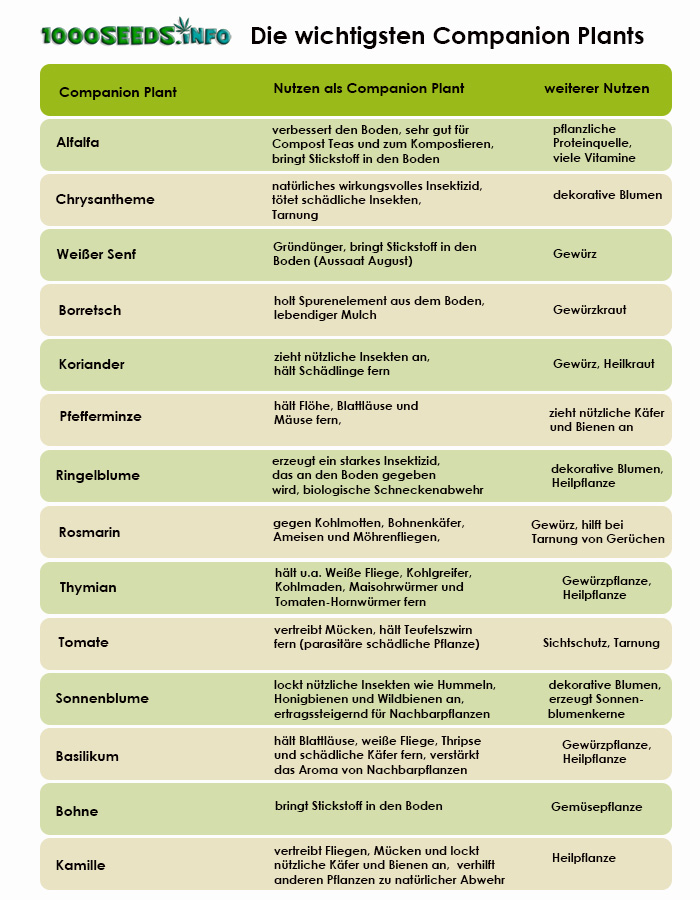
Tansy is an effective biological plant protection that helps against sucking and biting insects. The plants flower from June to September and are poisonous. But they are excellent for making a decoction against whitefly and other harmful insects.
This is how it works:
